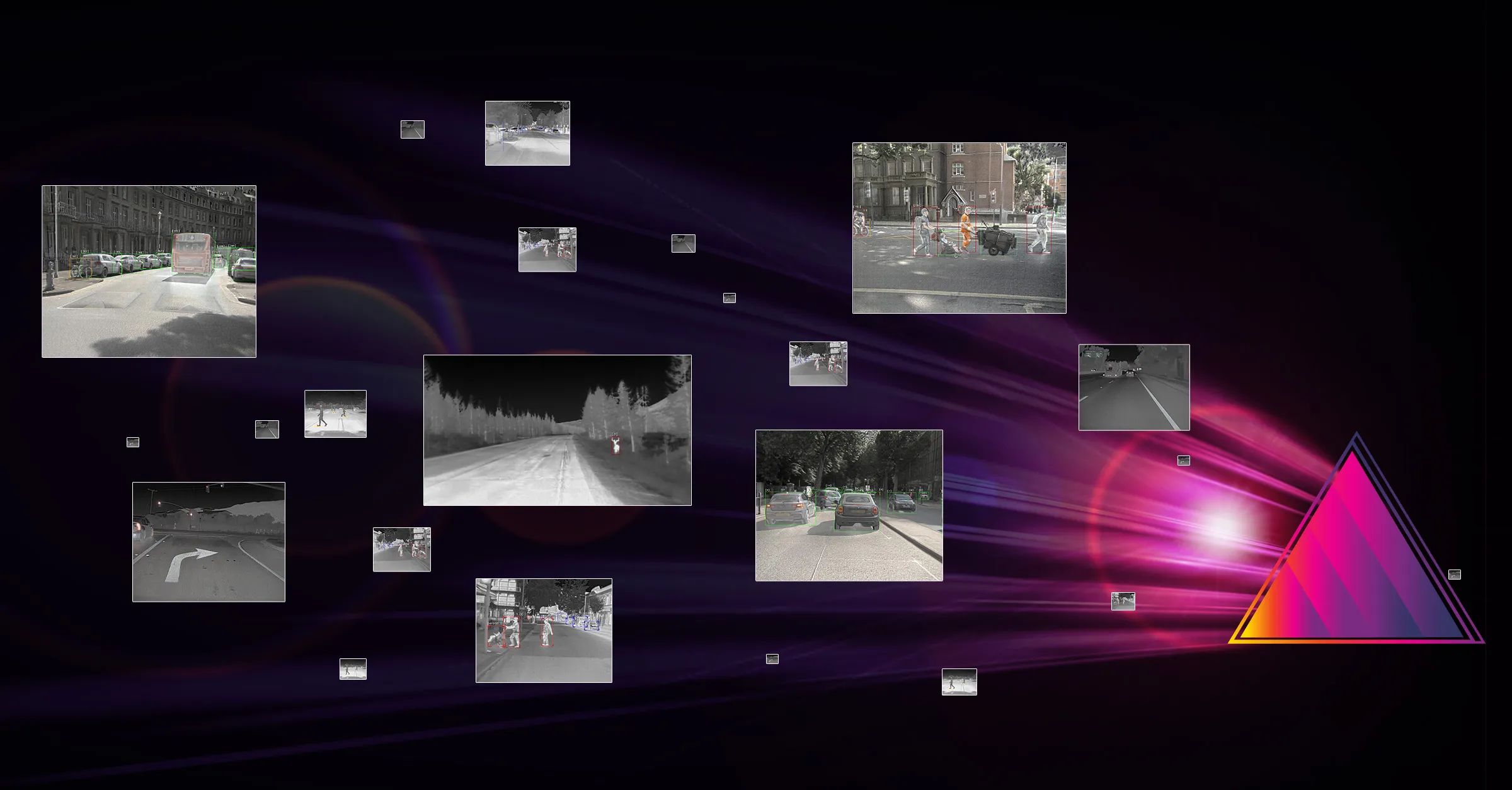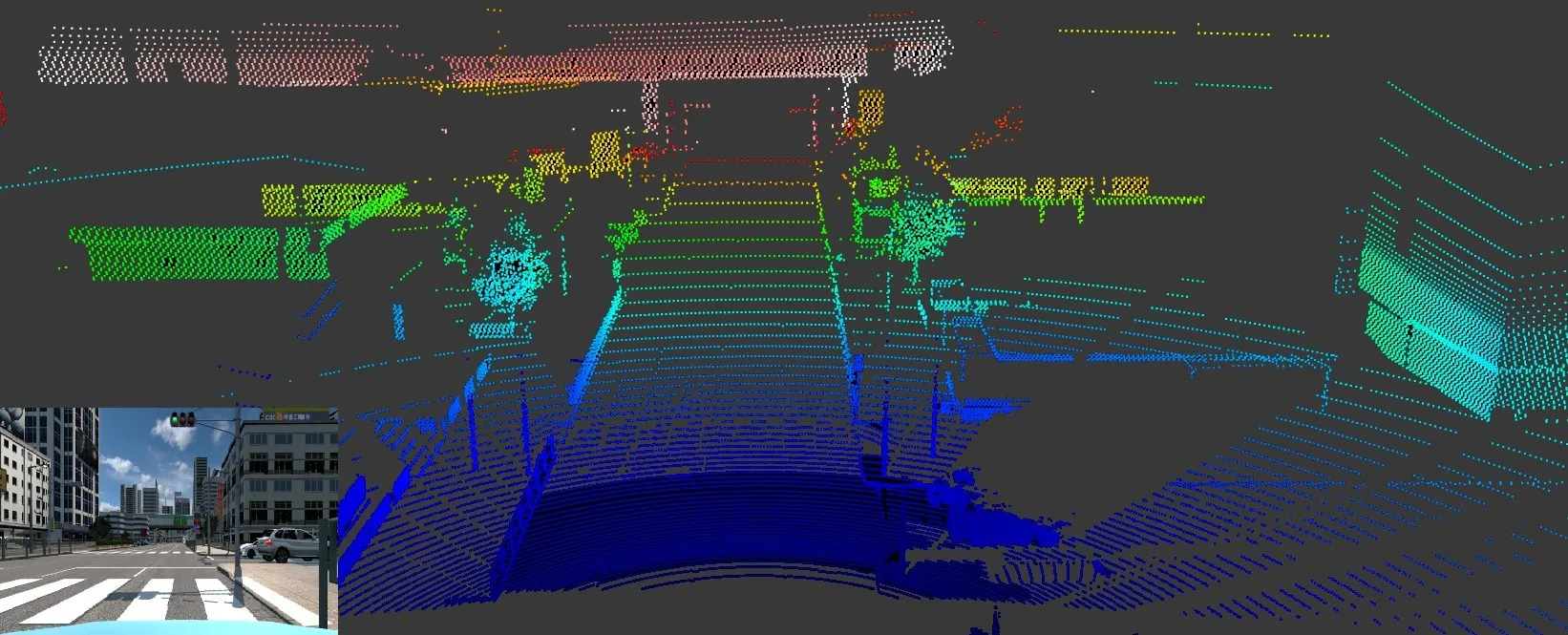Spain-headquartered TSS-Transport Simulation Systems has announced new developments in its Aimsun transport modelling software with the development of a hybrid simulator.
February 3, 2012
Read time: 1 min
Spain-headquartered TSS-2195 Transport Simulation Systems has announced new developments in its 16 Aimsun transport modelling software with the development of a hybrid simulator.
According to the company, Aimsun has long been the only modelling application on the market with integrated micro, meso and macro simulation. "However, instead of viewing the modelling tools as separate and incompatible entities, a more effective method is to regard each individual component as part of an overall toolbox," says Jaime Ferrer, TSS managing director. "Some engineering projects require the superior granularity of microsimulation but also the scale of mesoscopic modelling. Few transport engineering projects can be neatly categorised as 'static assignment' or 'microscopic' and indeed, such categorisation is no longer realistic or even desirable." The hybrid simulation features a concurrent mesoscopic and microscopic approach.
According to the company, Aimsun has long been the only modelling application on the market with integrated micro, meso and macro simulation. "However, instead of viewing the modelling tools as separate and incompatible entities, a more effective method is to regard each individual component as part of an overall toolbox," says Jaime Ferrer, TSS managing director. "Some engineering projects require the superior granularity of microsimulation but also the scale of mesoscopic modelling. Few transport engineering projects can be neatly categorised as 'static assignment' or 'microscopic' and indeed, such categorisation is no longer realistic or even desirable." The hybrid simulation features a concurrent mesoscopic and microscopic approach.









